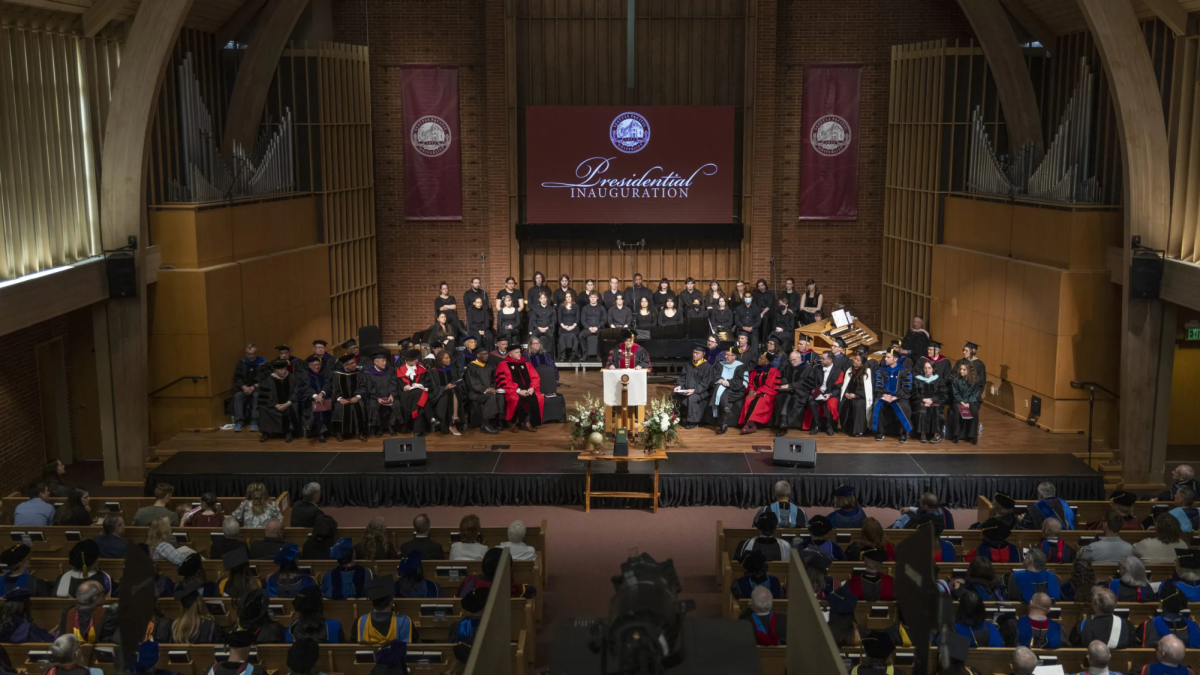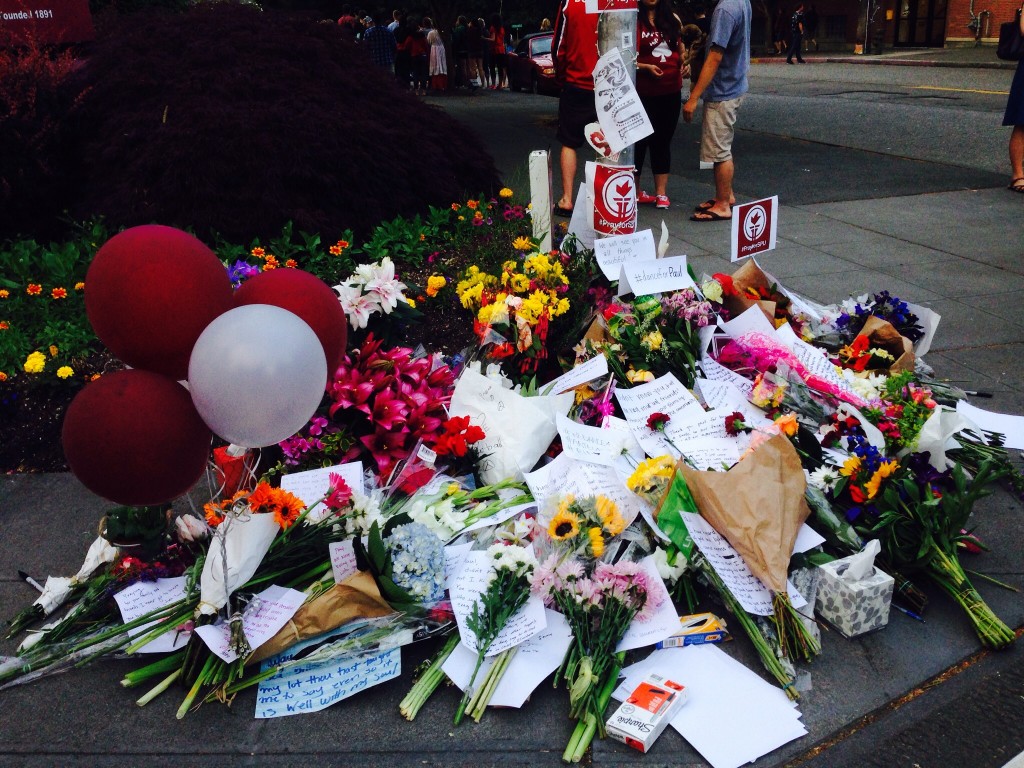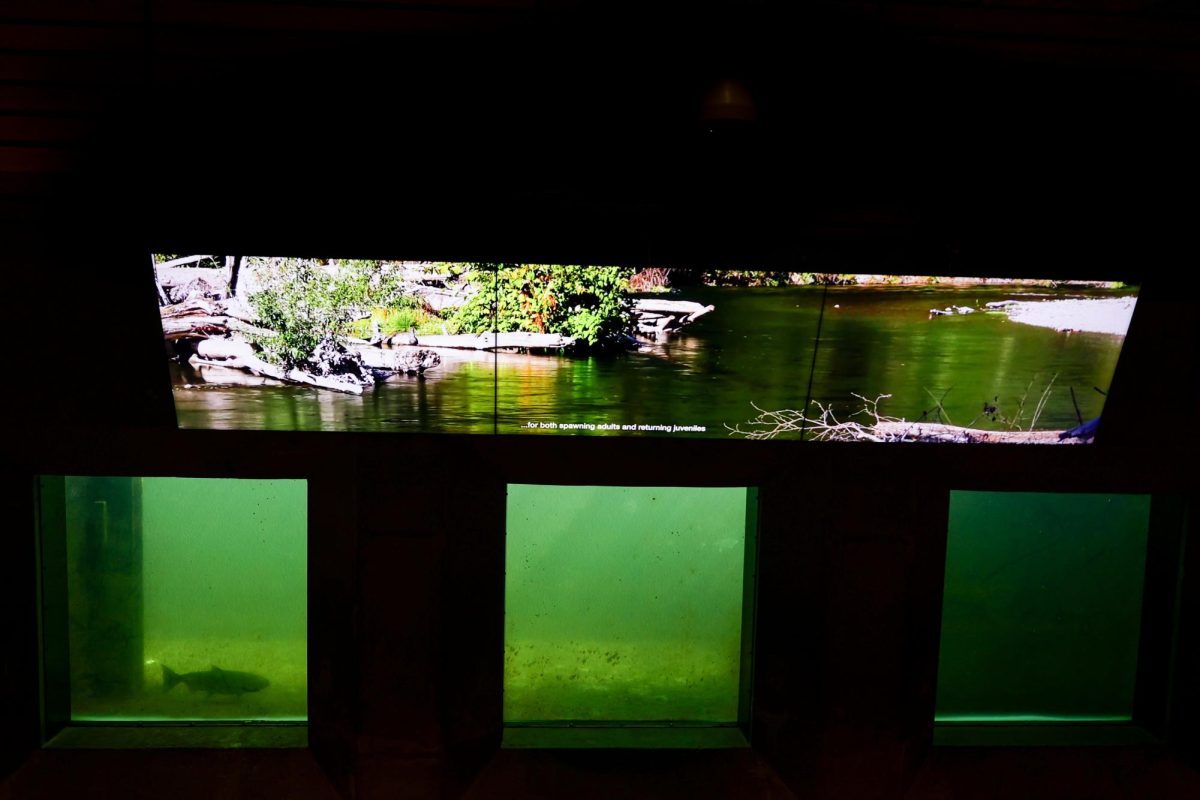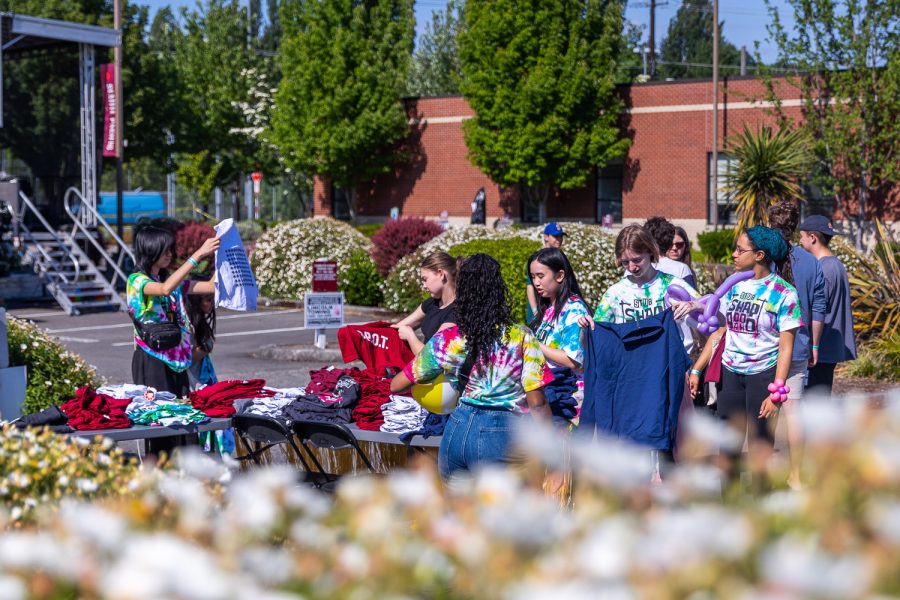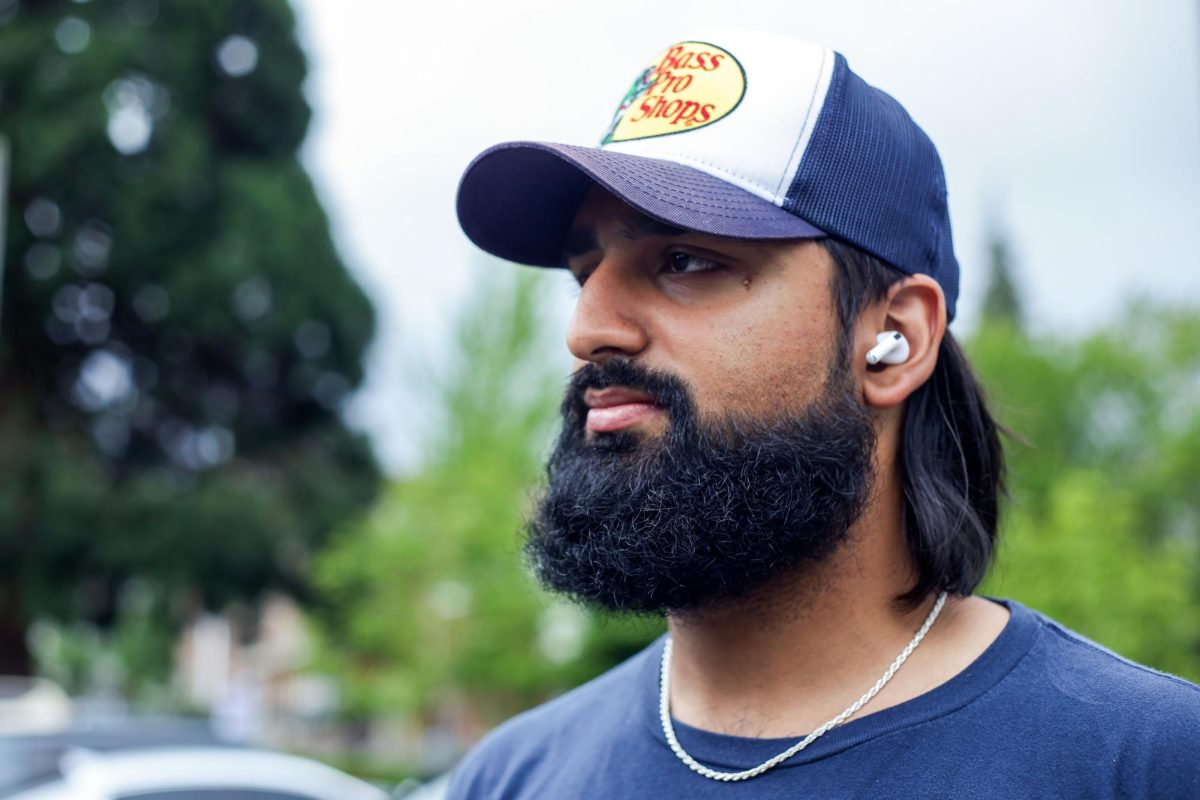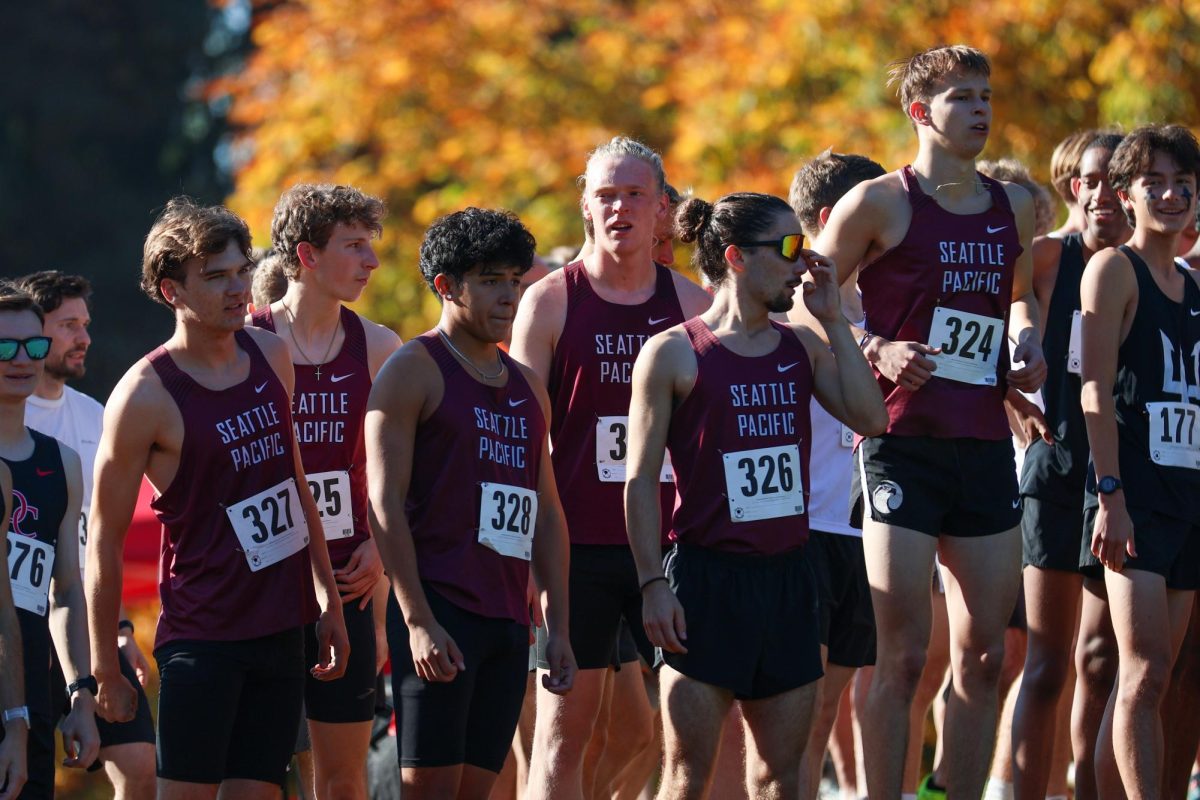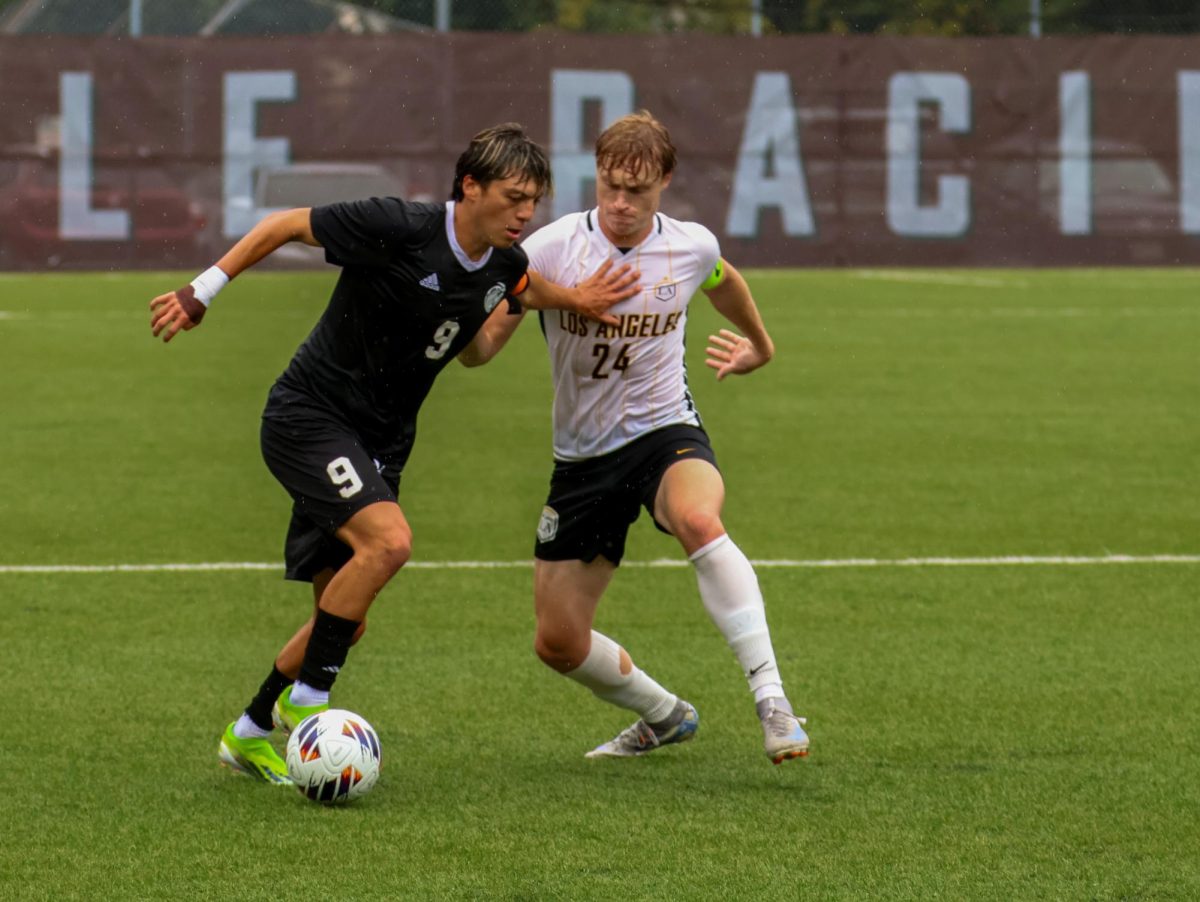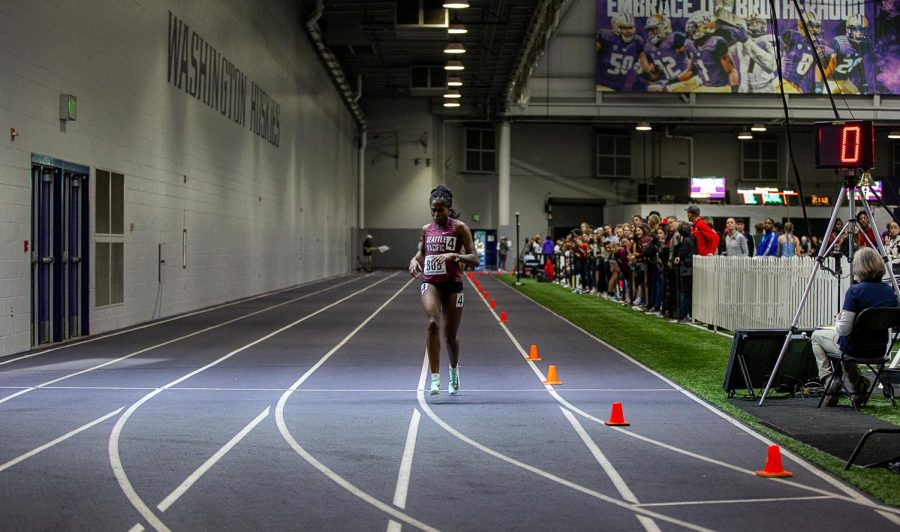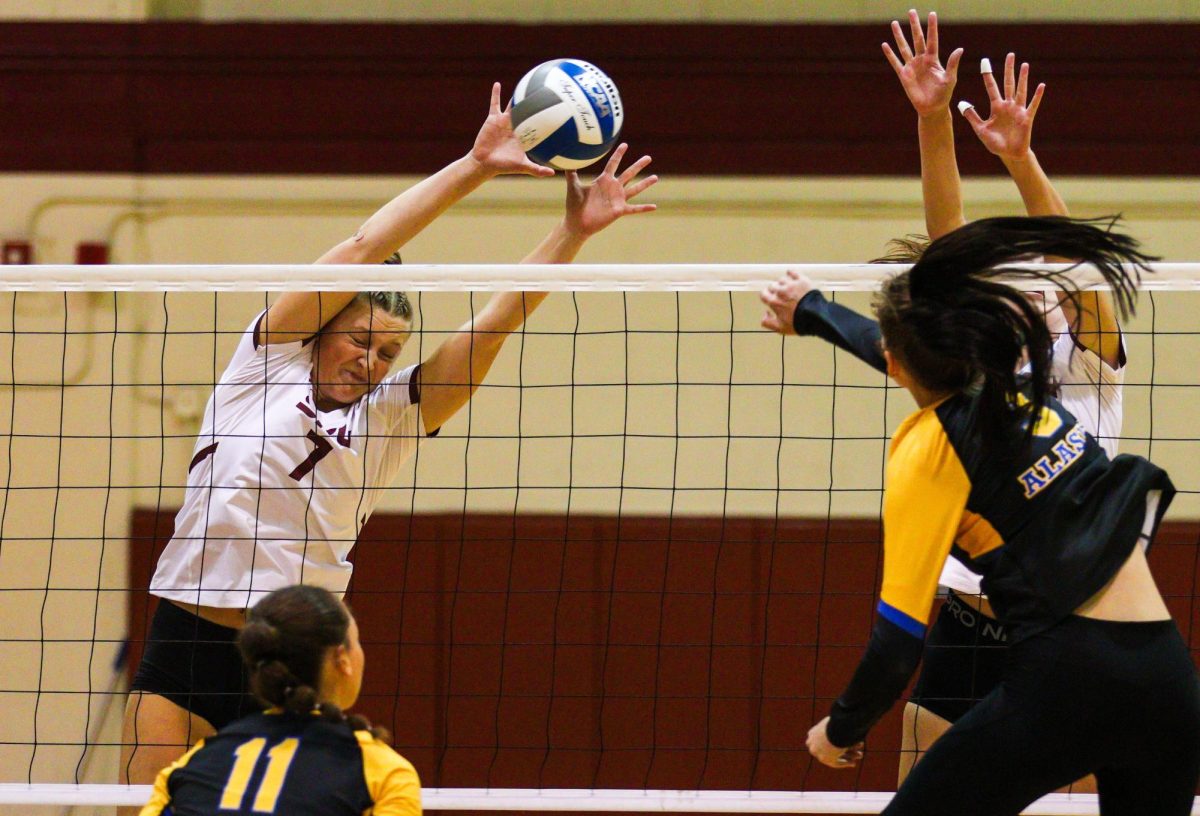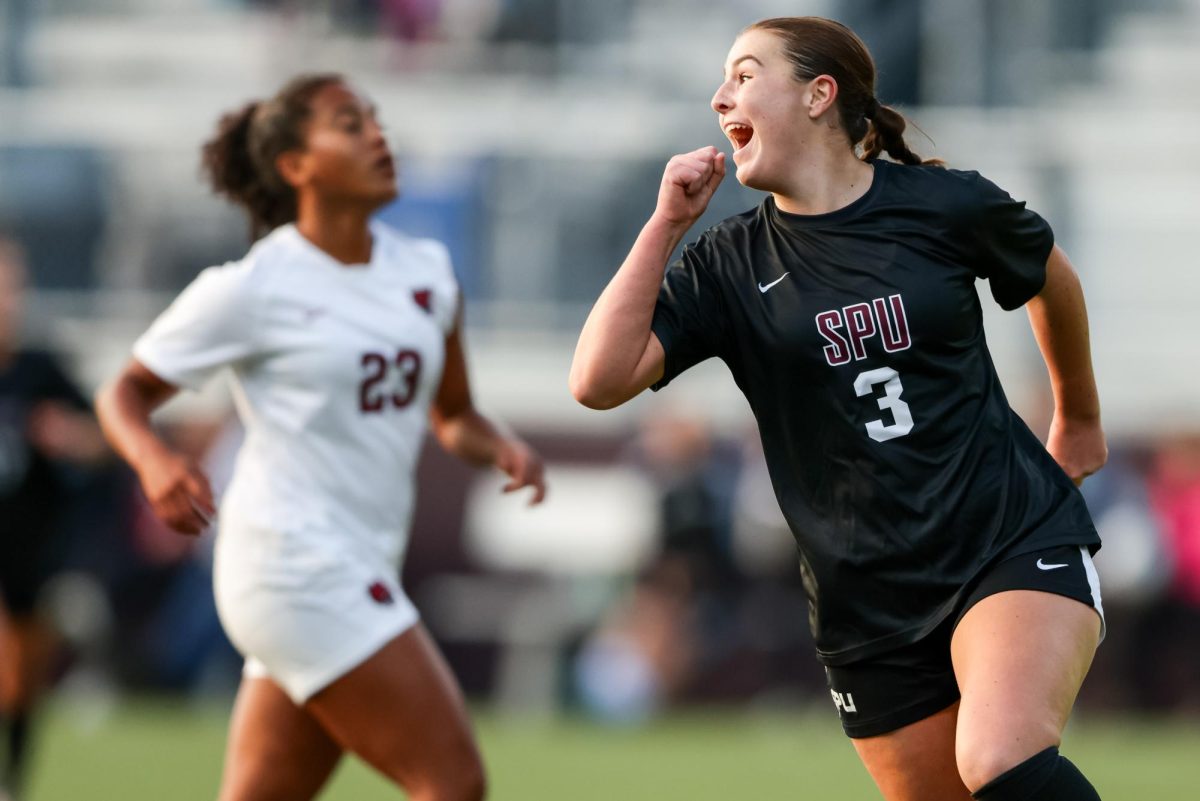Students take on the 100-hour challenge, compete against exhaustion
Whether cramming for final exams, writing a 10 page essay in one day, or simply trying to balance homework and any semblance of a social life, pulling an all-nighter has become completely normalized in university culture.
Hill Hall residents Dawson Palmer, Kaylie Maitrie, Nathan Hoppenrath and Aurelio Valdez, however, were determined to push their limits much further than an all-nighter, or even two; they wanted to see if they could stay up for 100 straight hours.
This may not sound too difficult, upon first glance, but it is much longer than it sounds. One hundred hours equates to four days and four hours, which would mean four straight all-nighters without so much as a nap. For many who often take naps during the day, this may sound brutal, but Palmer, Maitrie, Hoppenrath and Valdez were determined.
William Stover and Ivy Malone, fellow 5th Hill residents and friends of the contestants, decided to film a documentary on the experience. They watched the challenge hour by hour from the outside, interested to see how their friends would change as the hours progressed.
“When they first told me they were going to do the 100 hour challenge, I was like ‘You’re insane, but can I please film you?’ Like, ‘you’re crazy, but can I make a movie off of you? Because it’s going to get interesting,’” said Malone, a lover of film.
Before it began, though, Stover and Malone were concerned for their hallmates.
“As an outsider, and as someone who’s directly connected to the people who were doing it, I was really worried at first but I ended up doing some research,” said Stover, the videographer as well as Palmer’s roommate and a close friend of all the contestants.
“We did as much as we possibly could, and we found out that four days and four hours is not a lethal amount of sleep deprivation, and it wouldn’t do any permanent damage. So we felt much better after that.”
Still concerned for the well-being of their friends, however, Stover and Malone wrote a contract for all the contestants to sign and date. It reserved their right to take any of the contestants out of the competition if they felt it was dangerous for their mental or physical health.
Just 23 hours into the challenge, the contract was called into use when Hoppenrath contracted the flu and was forced by his friends to quit.
“I threw up four times before dropping out of the challenge, and was very disappointed in myself,” Hoppenrath said. “I dropped out of the challenge due to sickness not due to exhaustion. If I wouldn’t have gotten sick, I know I would’ve destroyed the fools I was competing against.”
The friendly rivalry was intense, and he was not the only one disappointed that he had to leave the competition so much earlier than he intended to.
“Nathan and I get really competitive with each other, and he got ‘food poisoning’ so he went to bed around 22 hours,” said Maitrie with disappointment.
“So by him being out of the competition so early, it didn’t seem as competitive as it should have been, and there wasn’t as much smack talk. I tease him that he faked getting sick, so he didn’t have to face the fact that I was going to beat him.”
Malone agrees that Hoppenrath was competitive and determined from the gate.
“Their safety was the first priority. But after that, once we made sure they were going to be okay, it was a lot of fun,” she said.
Palmer, making it to 49 hours, agrees, expressing that safety came first and the challenge was fun regardless.
“The 100 hour challenge was a lot of fun!” he said enthusiastically. “I would and am planning to do it again in February.”
Stover mentioned that his friend might be excited now, but at the time of the challenge, he was singing a different tune.
“Right at hour 49, I do remember hearing Dawson say ‘I’m so thankful it’s over, I’m so done.’ right in the wake of it. He says now that he wasn’t in his right mind and he wouldn’t say that now, but at the time, that’s what he told me,” says Stover.
Palmer does admit that there were adverse side effects as the challenge continued.
“My memory seriously degraded throughout the challenge. I found myself zoning out all the time, even as people were talking to me. I also kept forgetting what I was saying midway through conversations frequently,” he explained.
Malone confirmed this, having observed the effects of exhaustion on her friends up close for the 49 hours they lasted. The most fascinating part of the filming process for her was seeing the way the contestants natural behaviors changed as the hours went by.
“We had them do cognitive tests to see where they were mentally. We had them do math tests; we had them do a set of multiplication,” Malone said.
Aside from challenges that the contestants competed in, Malone and Stover set up interviews with the contestants.
“One of my favorite shots that I got is of Dawson, laying on my bed getting ready to do one of the interviews. He just looks so incredibly out of it and not all the way there,” Malone said.
These tests, challenges and interviews, however, quickly became difficult for the contestants. They struggled with basic functions around the time of the first interview at 30 hours, only one full day into the challenge.
“I really wanted to get shots of their eyes, and in the beginning their eyes were totally clear, pure white on either side, no bags under their eyes. 30 hours in, you could already see bags forming, you could just see … they were exhausted,” Malone said.
Exhaustion was not the only side effect of the challenge on the contestants bodies and minds. Their moods were deeply affected by the lack of sleep as early as 28 and 30 hours in.
Valdez, who was hesitant to admit that he experienced any difficulty at all in the spirit of friendly competition and stubbornness, confessed that “psychologically, I talked more and had a lot of uncontrollable laughing.”
Malone recalls that Valdez forgot lines to a rap he attempted to do in his second interview. He was, as she remembers, very upset that he had forgotten.
The extreme emotion was not confined to laugher, either. All of the contestants noted a distinct polarization of their moods with higher extremes and less middle ground.
For Maitrie, she found that she had less and less patience for the behaviors of friends, when normally, she would get along with them just fine.
“The guys say I get irritable the more tired I get, which I would say is pretty accurate,” she explained. “So there were times where I’d go hang out with different people to take a little break from the endless babbling from Aurelio, but I still love the kid, don’t get me wrong.”
Palmer found himself swinging between two extremes, either in agreement with Maitrie’s exhaustion fueled irritability or Valdez’s energy.
“My emotions were much more polarized,” he said. “I was more irritable, and also more affectionate. When I was happy, I was really happy, and when I was sad, it was the same.”
Despite it all, the contestants are all determined to complete the challenge on their second try, and all are insistent upon their own victories.
Valdez agreed enthusiastically, saying, “Hell yeah, we’re already planning on doing it again in February.”
“We planned on February 21st because we’ll have another day of sleeping on that following Monday because we don’t have classes. I’m so excited to do it again, this time do it right and not lay down,” Maitrie said confidently.
Palmer and Hoppenrath will be joining them again, despite the difficulties this first time around.
The contestants look forward to the challenges and tests that Stover and Malone have planned for them in the next round of competition and to attempting to beat their friends once again.
All sharing a very competitive and determined spirit, they unanimously cannot wait for another opportunity to win.
As for the videographers, they are excited to see the effects of the challenge as it progresses past the 49 hour mark.
“I’m lowkey happy that we didn’t make it that far because seeing them like that was so interesting. I’m interested to see where they would be if they continued to 70 hours, if they made it to 100 hours. That’s a long time, four days and four hours,” Malone said. “I’m extremely proud of them for making it this far, and I know they’ll do it again and I will film it again because I know I have absolutely no way to stop them.”


